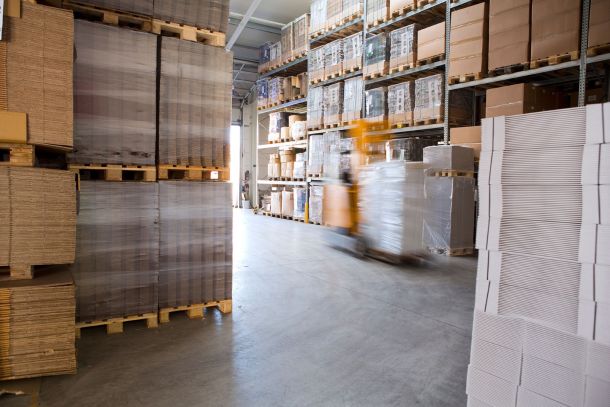Reducing the carbon footprint of intermodal transportation

The Management of Sacytrans s.l. believes that our future development implies a constant commitment to environmental protection and therefore assumes the commitment to use energy efficiently in its facilities and activities, in order to preserve natural resources, reduce atmospheric emissions, contribute to mitigate the effects of climate change and improve its competitive positioning.
As a transport company, and being the truck a polluting element due to its CO2 emissions, but at the same time an essential tool to perform its services, it was necessary to take measures to reduce these emissions. Eight years ago it was decided that the trucks would be bought or rented for a maximum period of 3-4 years, in order to always have the latest generation of engines that emit less CO2 emissions. For the time being, our activity, international transport, does not allow us to have access to electric or gas trucks, as they lack sufficient autonomy and the
necessary recharging infrastructures.
In 2017 we started to become interested in intermodal transport, understanding that it had numerous advantages over road transport: decrease congestion of trucks on the road, decrease in accident rates, safety of the goods transported, and of course contribute to the reduction of the carbon footprint.
In the end, in addition to reducing our own carbon footprint as a company, we may be able to help our customers reduce theirs. Being the carbon footprint a METHODOLOGY OF MEASUREMENT of the emission of all those greenhouse gases (GHG) derived directly or indirectly from all processes and activities associated with the manufacture, use and end management of a product or service, Sacytrans participates in the final management (transport for sale) of the products manufactured by its customers. And that is why it has set out to be able to measure the CO2 emissions it emits on each trip it makes for its customers.
Due to the variety of gases emitted and the differences in global warming potential of each one, GHGs are unified as CO2 equivalent emissions, as this gas has experienced the greatest growth in the earth's atmosphere and the most abundant in percentage of all of them, so we will focus on a real and clear example of CO2 reduction by transporting goods by road or intermodal (Train + Road).
Customer of Sacytrans XXXX.Transportation of your goods by road.
- Transport in a Renault 480 on 21/09/21 from Alava to Reims (FR).
- Kms traveled by road:1.075 Kms
- Weight transported: 19.454Kgs
- Consumption: 32.80 liters per 100.
Kgs of CO2 emitted in this transport : 1.082,48
Customer of Sacytrans XXXX.Transportation of your goods by intermodal means.
- Transport in a Renault 480 on 21/09/21 from Alava to Reims (FR).
- Kilometers traveled on road : 304kms
Ø Alava - Mougerre train station: 160Kms
Ø Station from Valenton to Reims , final destination: 144kms
- Train Route: Mouguerre Station - Valenton Station.
- Transported weight: 19.454Kgs
- Consumption: 32.80 liters per 100.
Kgs of CO2 emitted in this transport : 306.12
|
Savings in Kgs of Co2 emitted |
776,37 |
72% |
Related Posts

Freight transport from Spain to Switzerland: details and special features

Increased security in intermodal transport



